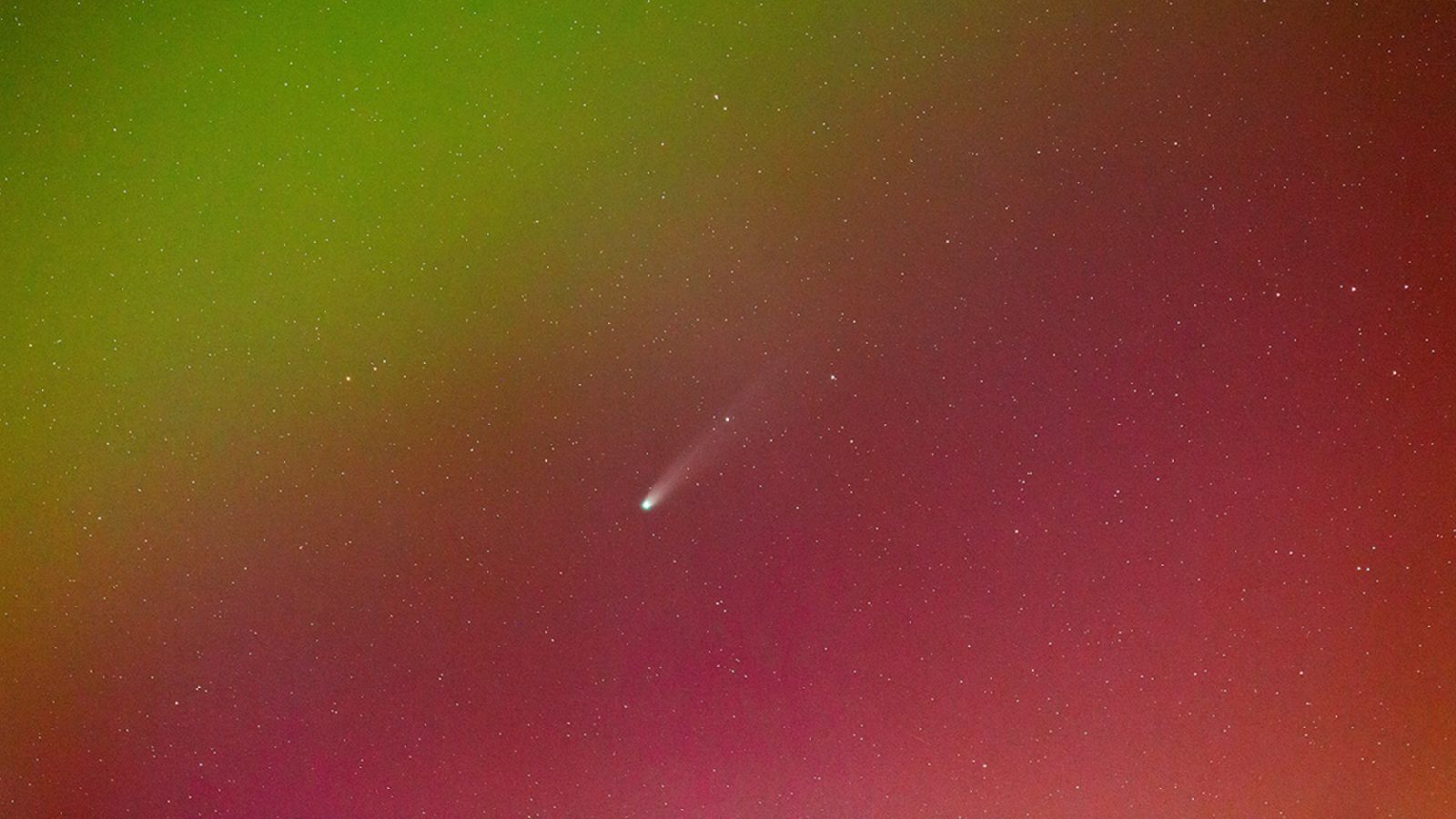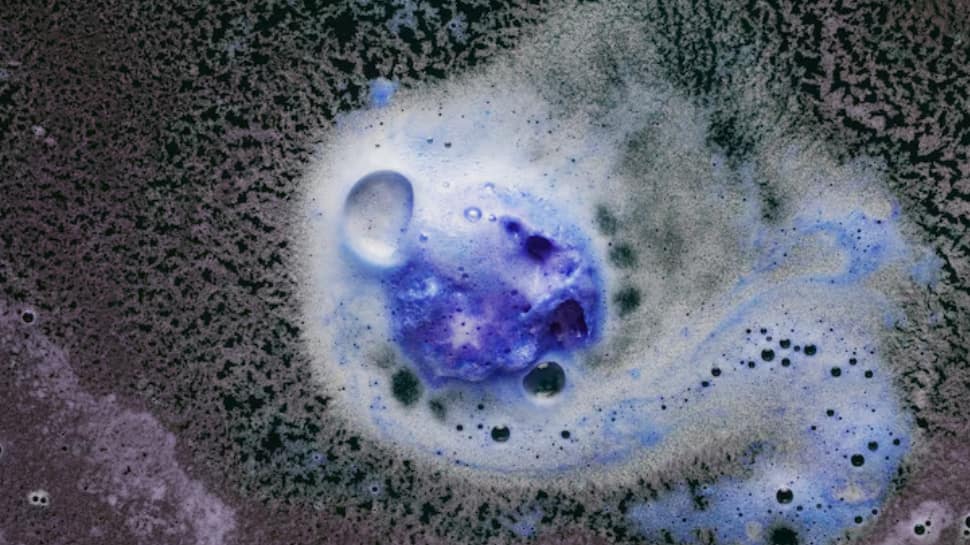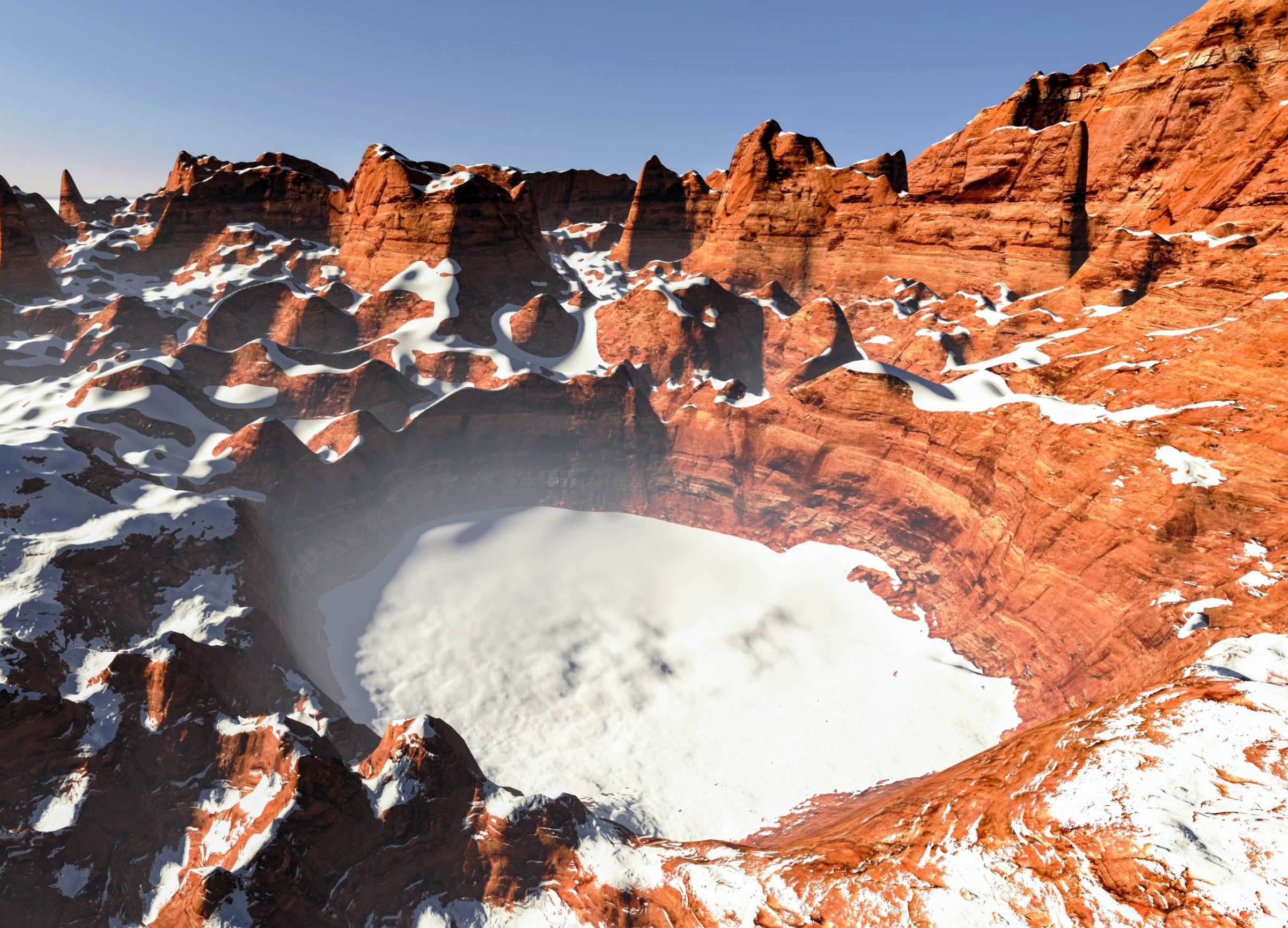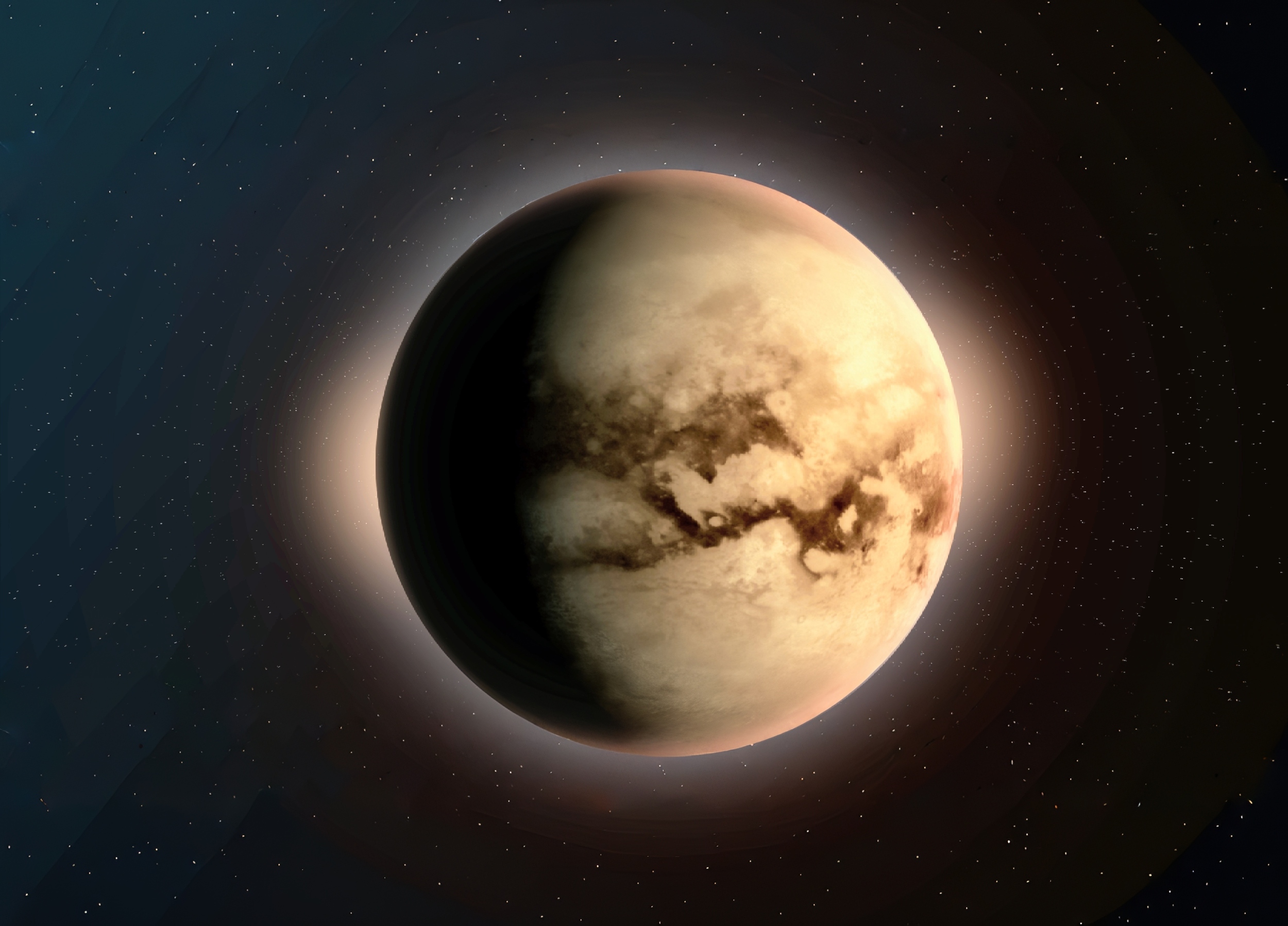Unbelievable: Comet Lemmon Dazzles Over Scotland Amidst Vibrant Auroras!

Imagine witnessing a cosmic spectacle where a comet dances through a kaleidoscope of colorful auroras! On October 18, the superbright comet C/2025 A6, better known as Comet Lemmon, was stunningly captured flying through an extraordinary auroral arc over the Scottish Highlands.
This breathtaking moment, immortalized by photographer Alan Tough from his backyard in Elgin, was originally intended to be just a simple shot of the comet. However, nature had other plans—a surprise geomagnetic storm erupted just as he clicked the shutter, resulting in a spectacular display of swirling, vibrant colors lighting up the night sky.
The source of this colorful eruption? A geomagnetic storm caused by a coronal mass ejection (CME) from the sun. Though initially predicted to hit Earth two days earlier, this solar storm was delayed, leaving many stargazers with dwindling hopes for an auroral show. But when the disturbance finally reached a moderate G2 intensity, it transformed the skies in a delightful surprise, potentially allowing auroras to be seen from up to 15 U.S. states!
What makes these auroras truly special are the rare colors they displayed. Alongside the typical greens and reds, shades of oranges and pinks danced through the sky, showcasing the unique conditions required for such hues to emerge.
During this breathtaking performance, Comet Lemmon was over 230 times farther away from Earth than the moon! Discovered on January 3 at the Mt. Lemmon SkyCenter in Arizona, this nonperiodic comet is expected to orbit the sun every 1,350 years. As it zips through space, it’s set to make its closest approach to Earth today, October 21, coming within 56 million miles (90 million kilometers) before reaching perihelion (its closest point to the sun) on November 8.
As Lemmon draws nearer, it has been growing brighter, its coma—the hazy cloud of gas, ice, and dust surrounding it—expanding due to its proximity to the sun. With an apparent magnitude of 4, it’s now visible to the naked eye, making it an exciting target for stargazers. Spectators in the Northern Hemisphere can find Lemmon in the northwestern sky, just beneath the Big Dipper, right after sunset. For those looking to capture its beauty in photographs, using a decent telescope or a pair of stargazing binoculars is recommended.
So, mark your calendars—this is one celestial event you don't want to miss. Our universe continues to dazzle us with its wonders!

























